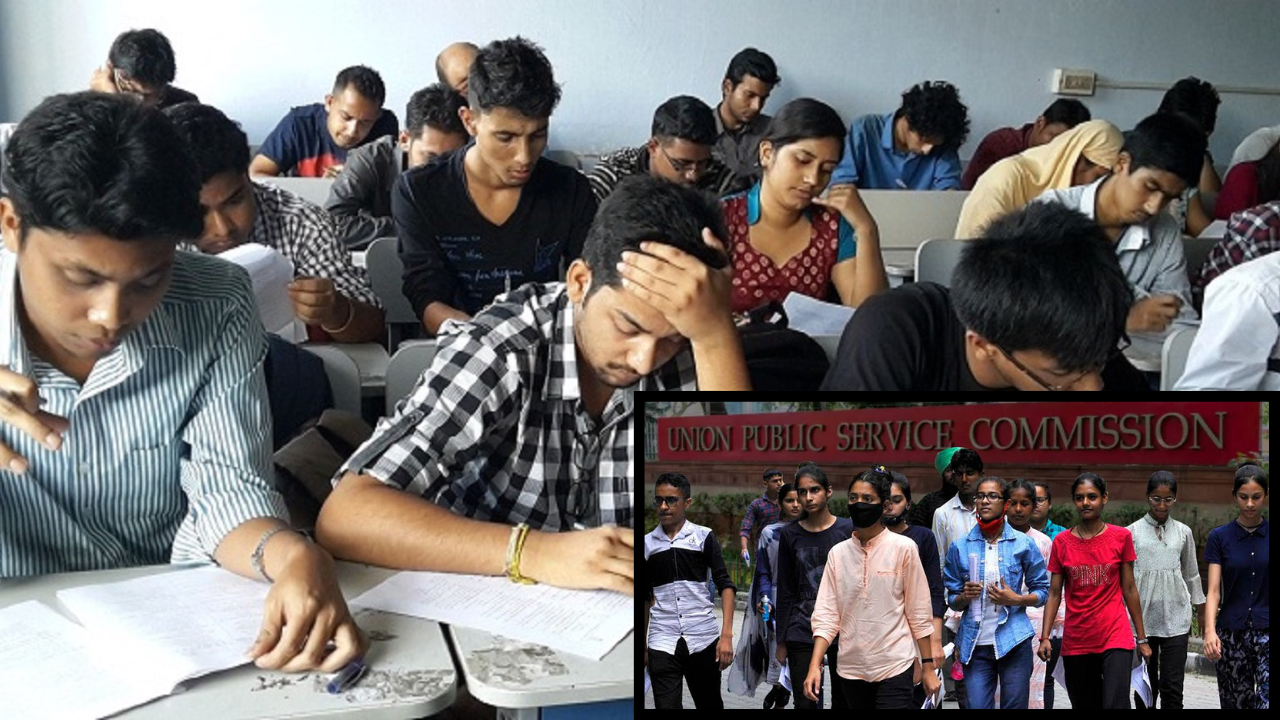 English
English

After years of struggle and appeals, UPSC has finally agreed to introduce screen reader software for visually impaired candidates. Will this landmark step truly level the playing field in India’s most prestigious civil service examinations?

Move follows a court plea citing lack of accessibility in exams.
New Delhi: In a major step toward making competitive examinations more inclusive, the Union Public Service Commission (UPSC) has announced the introduction of screen reader software for visually impaired candidates across its various examinations. The initiative aims to provide equal access and opportunity to candidates with blindness or low vision, enabling them to compete fairly for positions in India’s top administrative services.
According to the UPSC, the rollout will begin once testing, infrastructure readiness, and software compatibility are confirmed across examination centers. The Commission has reached out to district collectors, magistrates, and commissioners to ensure the availability of necessary facilities. Additionally, the National Institute for Empowerment of Persons with Visual Disability (NIEPVD) in Dehradun and its regional centers have been approached to provide computer labs for conducting such exams.
Until now, visually impaired candidates faced numerous accessibility barriers during UPSC exams. Many depended on scribes, leading to inconsistencies in performance and fairness. The lack of standardized digital aids, such as screen readers or accessible question papers, made it difficult for candidates to read, navigate, or respond independently.
In some cases, errors in scribe interpretation, inadequate time allowances, and poor infrastructure at examination centers worsened the situation. A recent court plea brought these issues into focus, prompting the Commission to take this long-awaited step. The new initiative is expected to empower candidates to take tests digitally and independently, ensuring dignity and parity in the examination process.
The UPSC conducts a range of prestigious national-level examinations, including:
UPSC CDS 2 result 2025 announced; How many qualify for SSB interview?
Each exam has a multi-tier selection process involving:
In the case of technical or service-specific exams like ESE or CMS, practical and subject-based evaluations are also included.
CBSE Board Exam 2026: Preparation Tips And Steps To Overcome Exam Stress
Screen reader software will allow visually impaired candidates to hear and interact with on-screen text using synthesized speech. This not only reduces dependence on scribes but also enhances privacy, confidence, and accuracy. By partnering with NIEPVD, the UPSC aims to make digital examination labs accessible nationwide, marking a crucial shift toward inclusivity in India’s examination ecosystem.
This initiative signals a transformative move in India’s approach to accessible education and employment. Experts believe that once implemented, the step will set a precedent for other recruitment agencies and universities.
By ensuring that no aspirant is left behind due to physical limitations, the UPSC’s adoption of screen reader technology may redefine the future of equal opportunity in India’s civil services.
No related posts found.